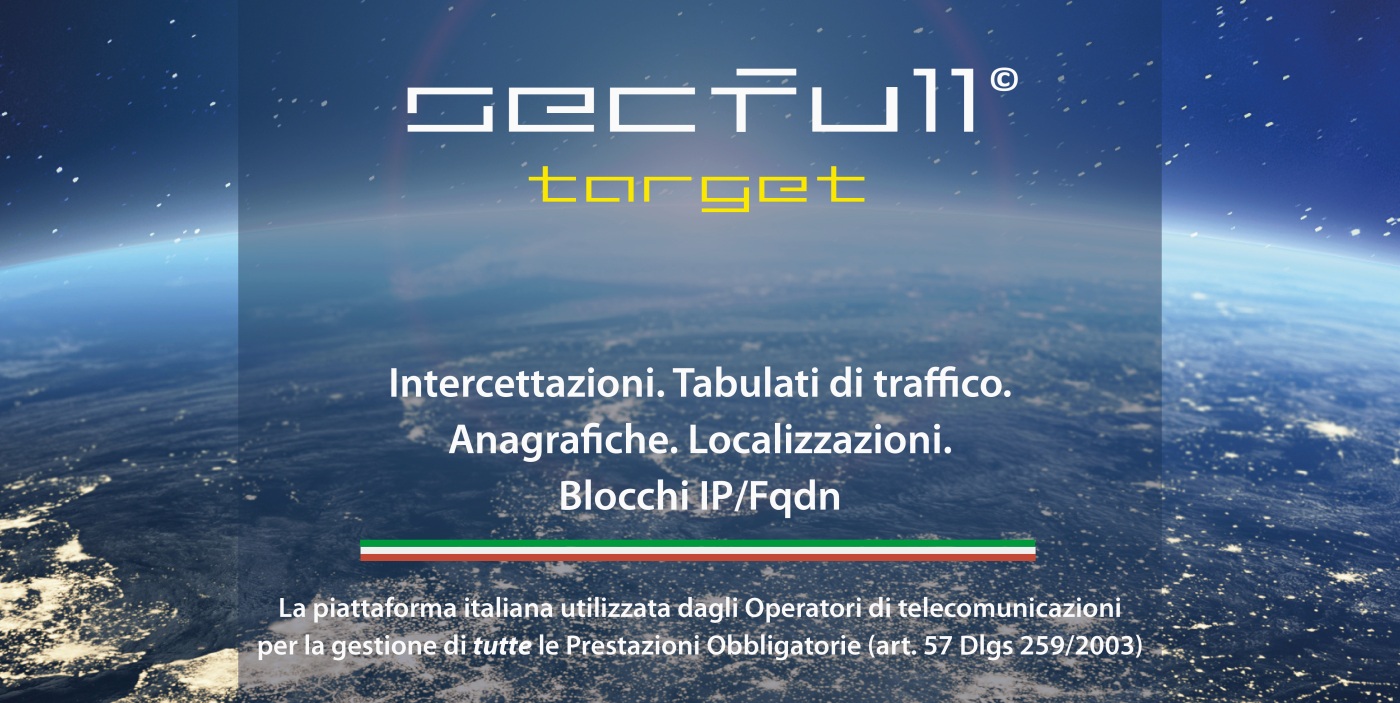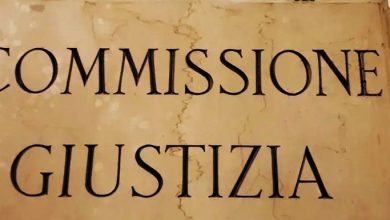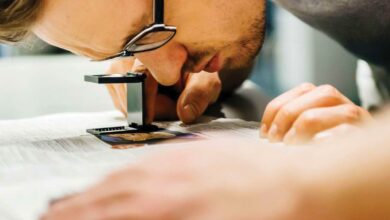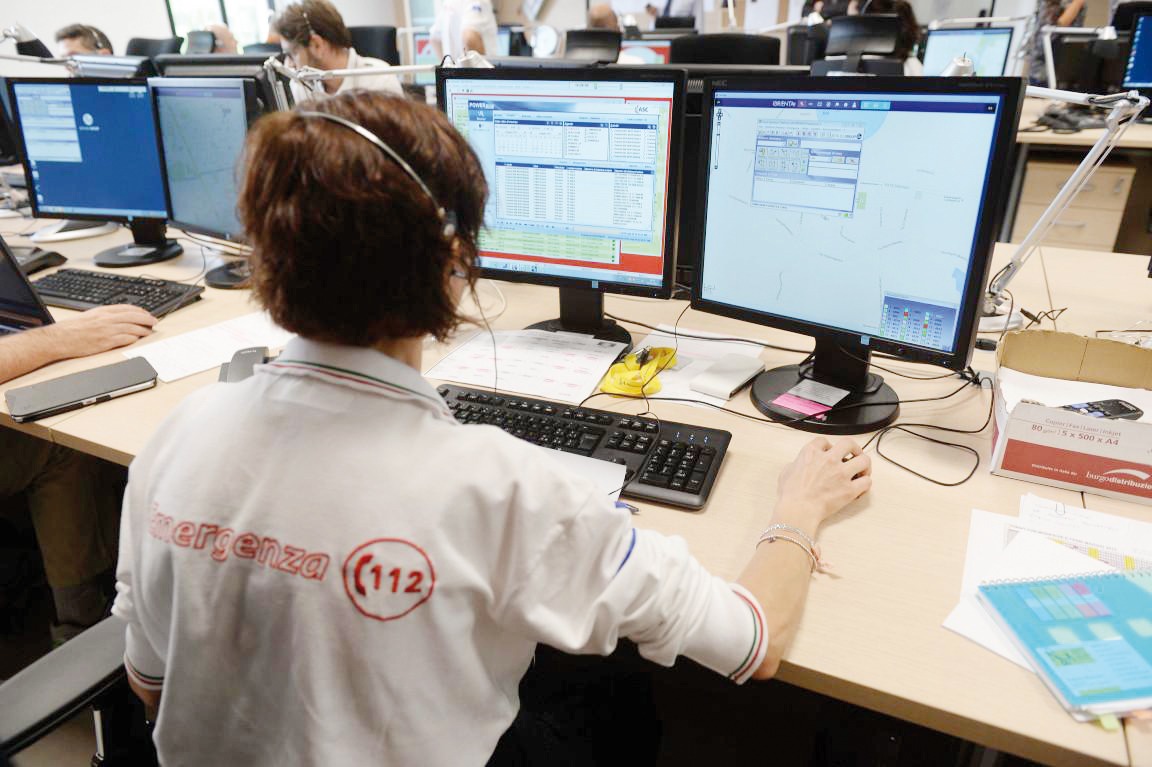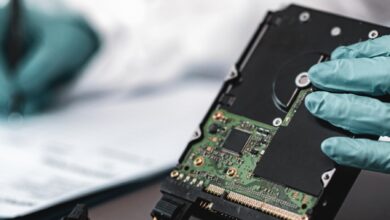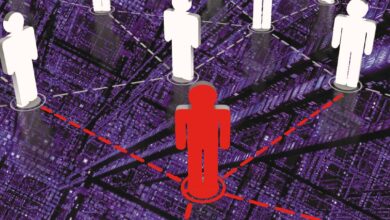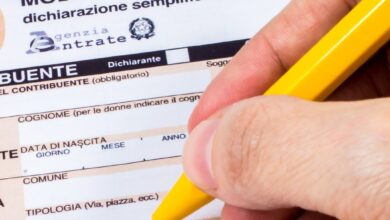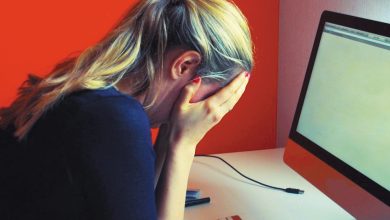by Said Gulyamov and Anna Ubaydullaeva
Today, the intensive development of artificial intelligence is of deep interest in the modern scientific world, and, as a consequence, the legal consequences of its wider application in life, which in turn demonstrates the urgent need to expand the boundaries of the sphere of legal regulation. In this regard, it is relevant to study the concept of artificial intelligence, its appearance as an independent scientific direction, as well as the legal risks of using artificial intelligence and ways to overcome them. The social and practical significance of the study lies in the search for optimal legal regulation, it is concluded that the development of artificial intelligence requires a change in the legal landscape, which, in turn, will facilitate the introduction of the latest technologies.
Artificial intelligence (AI) is increasingly driving advances in technology and business and is one of the most important technologies of the current era. It is widely used in a wide variety of industries and influences almost every aspect of creativity. The development of AI is facilitated by the availability of large amounts of data for training and the increase in available computing power. AI has a lot of points of contact with intellectual property (IP).
Before our eyes, AI is radically changing all aspects of life and work. For the widest possible distribution of its benefits, it is very important, after studying the facts, to form a common understanding of what AI is.
Intellectual property (IP) systems are designed to motivate people to invent and create. Until recently, it was the ability for innovative and creative activity that was the defining characteristic of a person.
The consistent development of AI as a universal technology that has found wide application in the economy and society raises a number of fundamental questions that affect the foundations of existing IP systems. Do innovative and creative AI developments need the incentives offered by the IP system? How to find a golden mean between the value of inventions and works created by man and AI? Will the advent of AI require changes to existing IP norms?
Today, in the modern world, there is a trend towards AI, towards the introduction of greater intelligence in machines, devices, household appliances, cars and software.
We have witnessed the incredible achievement of algorithms performing tasks with astonishing precision and speed that a human could ever do.Modern AI systems are trained to perform a human task in a smart, computerized way.
An example of this is the healthcare field, where algorithms can detect forms of cancer in medical images in the same way that radiologists can. These algorithms are superhuman because they do their job reliably, accurately, repeatedly, and around the clock.
AI is increasingly driving progress in technology and business. It finds wide application in a wide variety of industries, whether it be telecommunications or unmanned vehicles.
In banking, AI is truly helping to improve the customer experience by providing them with relevant offers at the right time and using the right communication channel.
The rise of big data and advances in affordable computing power are encouraging AI to flourish. AI has a great influence on the process of creation, production and distribution of economic and cultural products and services. In light of the fact that one of the main goals of the IP system is to support innovation and creativity in the economy and culture, AI affects the IP system in many ways.
New technologies such as AI, sophisticated robotics and quantum computing are shaping the future of innovation. Since the 1950s, when the concept of AI was first born, about 340,000 patent applications for AI-based technologies have been filed and about 1.6 million scientific publications on this topic have been published. AI innovation and creativity should benefit all countries, whether they are at the forefront of AI technologies.
A study published in October 2016 by the European Union Intellectual Property Office points to the central role played by copyright and intellectual property rights in general within the European economy, showing that industries in which intellectual property rights are actively used account for more than 42% tons of all economic activity in the European Union.
As AI and computing technologies help drive trans-regional and transnational exchanges, the importance of a policy of multilateralism and inclusiveness is growing. Existing AI-related issues go to the heart of the current IP system and provoke a range of interrelated issues that require a horizontal approach that affects the entire IP system rather than specific types of IP rights.
According to Massimo Maggiore, the fundamental foundations of IP law in general and copyright in particular are constantly being challenged by the latest technologies.
Technology develops and evolves best when given enough data and time for analysis and trial and error. But, at the same time, law is already hopelessly behind the development of science and intellect.
Today, there is an empty space between copyright and the emerging field of AI, due to the rapid development of AI adoption. Inaction in this area could leave the creative industries vulnerable to copyrighted and AI-generated works by not offering enough initiatives to develop such platforms soon.
As Jane Ginsbourg points out, the first thing to consider is whether AI-generated work really needs an incentive through attribution of exclusive rights, or whether other incentives already exist instead, such as copyright protection, or legal protection for software. patent protection of an industrial design, as well as copyright protection.
Considering that one of the main purposes of an IP regulation is to support creation, which currently has a strong impact on the economy, if works created by AI are not subject to the protection of IP rights, what motivation will the creators of units and their software and software with which these works were created? Works created by AI are not protected and are not subject to intellectual property laws. There will be no incentive for programmers to generate software algorithms capable of creating works of art unless those programmers have exclusive rights to their work, just like a writer or music composer.
According to I.V. Ponkin and A.I. Redkin, IS is capable (may) create (with or without human participation), among other things, the following unique results of intellectual activity:
- scientific discovery;
- patentable invention;
- original musical (audio) work or original performance of a musical work;
- a work of (static) fine or sculptural (when using a 3D printer) art;
- original video or photo work;
- virtual, including augmented, reality;
- the result of an intellectual translation of any significant text (from language to language);
- a text work (a work of art, an analytical scientific text, a rewrite of a news text, etc.);
- architectural project;
- topology of the integrated circuit;
- software for electronic computers;
- complex (multi-level, multi-stage, multi-vector, multi-scenario) strategic plan.
The list, of course, is not exhaustive, but it already makes you think seriously, given the almost complete gap in the legislation in this area.
As Ben Hattenbach and Joshua Gluckoft point out, the intellectual property system in the United States, in particular, and the world at large, is suffering from new challenges in the digital age, as its fundamental principles and norms were developed at a time when steam power was the most advanced technology. machines and typewriters.
And, as Raquel Acosta points out, complex computer programs are increasingly challenging some of the fundamental concepts of intellectual property (IP) law by creating offline works that, if created by a human, would unequivocally be considered as being subject to intellectual property rights.
According to Annmarie Bridie, AI authorship poses a challenge to all of the fundamental concepts of intellectual property law regarding creativity in copyright.
All this requires rethinking these concepts, also taking into account the following:
The protection of creative works by copyright is primarily in the public interest, and the temporary granting of a monopoly on them serves as an economic incentive for authors.
Where there is no identifiable user, legislation should strike a balance between the incentives for the programmer or creator of the AI unit and the benefits that society can derive from being able to freely use the end product of the relevant creative activity. If giving IP developers copyright on works created by their systems will stimulate creativity, then this is what should be reflected at the legislative level. Conversely, if protecting the rights of a machine is an incentive in itself, then the works it creates should go into the public domain.
Scientific understanding of the problems of protecting the rights of AI (or people associated with them) to the results of their intellectual activity is impossible without proper consideration of the objectives of intellectual property law, as well as without taking into account the potential negative and positive consequences of recognizing and ensuring the protection of such rights.
First of all, it must be taken into account that intellectual property law is aimed at ensuring the protection of the results of intellectual activity of the human mind.
According to Andrea Moriggi, granting intellectual rights to works created by AI to AI itself leads to challenging the very foundations of intellectual property rights. At the same time, it is currently impossible to say unequivocally whether all this is a threat to intellectual property rights or, on the contrary, an effective incentive for its modernization.
Alternatives to granting AI rights to the results of their intellectual activity are, firstly, the transfer of all rights to a human subject who somehow took part in this AI activity, or the direct transfer of such works and inventions into the public domain.
However, the release of AI-generated works into the public domain may limit the development of innovation in this area, as it will prevent those companies that invest in AI from receiving corresponding economic benefits from this.
Adequate and specific legal protection would indeed be needed to properly incentivize inventors and investors in the development of AI technologies, as well as to exploit the economic potential of applying these new technologies, while balancing all interests in this area.
Third-party copyright infringement issues can also arise when AI learns itself from data it receives, including from the Internet, and then uses this data in some form in an unauthorized way in the process of creating new works.
Therefore, any future legislation, in the opinion of the author of the article, which coincides with the opinion of Jani Ihalainen, regarding AI and copyright, should distinguish between works created by AI and works created with the help of AI, seeking to protect the interests of active authors who create their works using computer.
The question of authorship in the area under consideration is extremely complex, and there is no unambiguous answer to it. Our legal system is not designed to address the challenges posed by the rapid development of AI. The problem is that our legal system does not have answers to simple questions such as: “Who is the author of a picture created by a machine using AI? The development of high-performance AI systems requires significant investment. Thus, there is an urgent need to develop IP-related laws that can protect developments in AI technology and compensate innovators through copyright or patent grants.
But generally, patents and copyrights are granted to inventors or artists based on criteria such as novelty, creativity, non-obviousness, inventive step, etc. “”) as the person “creating” it.
At the moment, AI systems are not treated as individuals, and there is no single law that determines who will own the IP rights to any content they create. Therefore, there is much room for improvement in this area of law. There is a need to change the paradigm in the current IP legal system so that the AI system can participate in the creation of relevant content.
As AI becomes increasingly difficult to distinguish from human actions, legal issues relating to property will inevitably become more complex and inevitable in the coming years.
It is likely that the law should move from an author-centric approach to one that specifically protects specific works, like trademarks, as evidenced by the possible Japanese approach. This would not only allow for greater flexibility in terms of the level of protection, but would also reduce the mass creation of works solely for the purpose of securing rights to previously unknown works to profit from licensing agreements. ©
